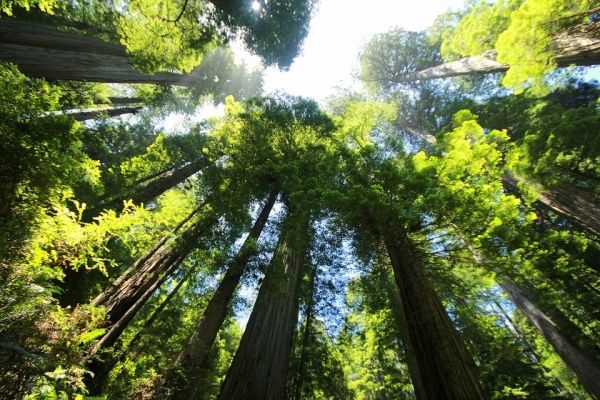To meet an ambitious goal of carbon neutrality by 2045, California’s policymakers are relying in part on forests and shrublands to remove CO2 from the atmosphere, but researchers at the University of California, Irvine warn that future climate change may limit the ecosystem’s ability to perform this service.
In a paper published today in the American Geophysical Union journal AGU Advances, the UCI Earth system scientists stressed that rising temperatures and uncertain precipitation will cause a decrease in California’s natural carbon storage capacity of as much as 16 percent under an extreme climate projection and of nearly 9 percent under a more moderate scenario.
“This work highlights the conundrum that climate change poses to the state of California,” said lead author Shane Coffield, a UCI Ph.D. candidate in Earth system science. “We need our forests and other plant-covered areas to provide a ‘natural climate solution’ of removing carbon dioxide from the air, but heat and drought caused by the very problem we’re trying to solve could make it more difficult to achieve our objectives.”
Trees and plants draw CO2 from the atmosphere when they photosynthesize, and some of the carbon ends up stored in their biomass or the soil. California’s climate strategy depends in part on enhanced carbon storage to offset some of the emissions from transportation, power generation and other sources. The combination of this natural carbon sequestration system and measures to promote green energy is hoped to help the state reach its target of not contributing net carbon to the environment by 2045.
Read more at University of California - Irvine
Photo Credit: Kolibrik via Pixabay


